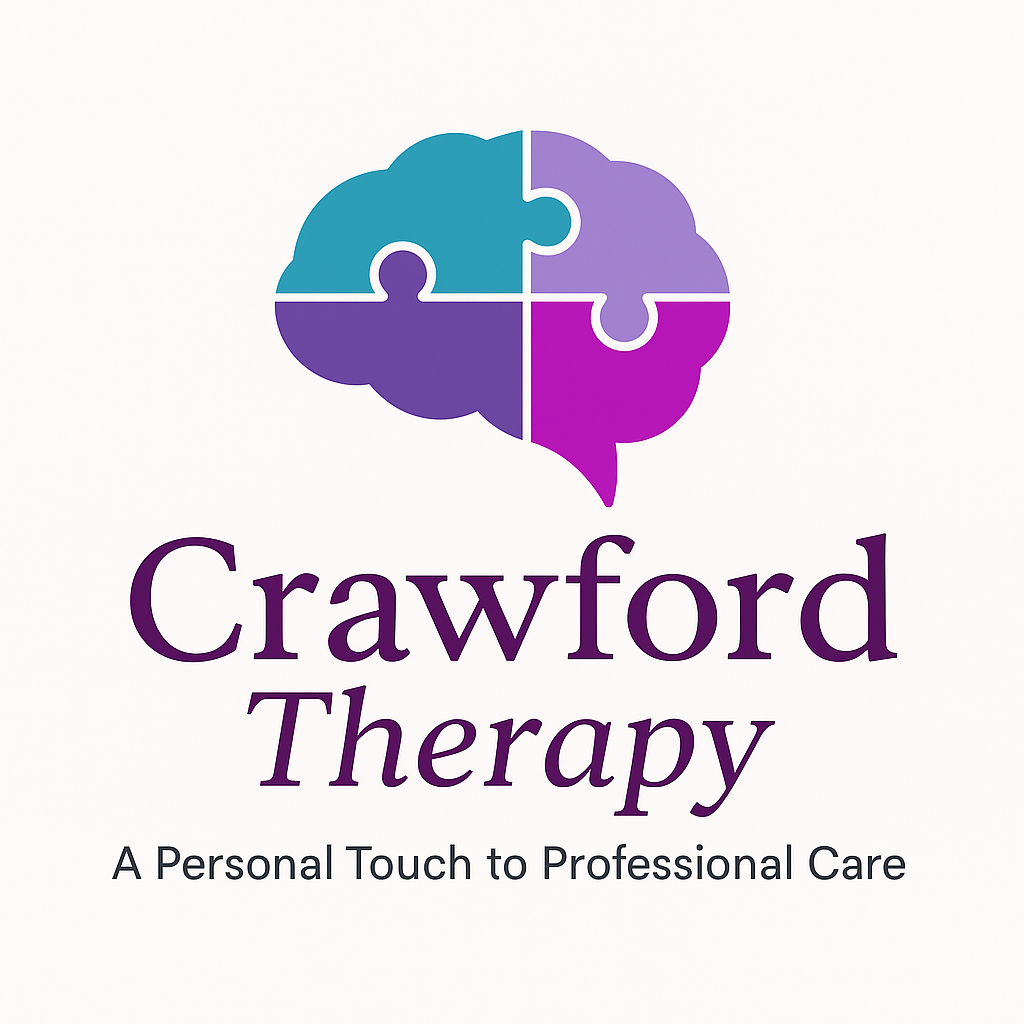What is Physical Disability?
A physical disability is a condition that significantly limits one or more major life activities due to physical impairments. These disabilities can be congenital or acquired through injury, illness, or aging.
How it Negatively Affects Your Life:
Physical disabilities can lead to challenges in mobility, self-care, and participation in social and recreational activities. Individuals may experience frustration, isolation, and dependence on others for daily tasks. Physical disabilities often contribute to mental health issues such as depression and anxiety due to the loss of independence and societal stigma.
How Treatment Helps:
Psychological support for individuals with physical disabilities includes counseling to address emotional and mental health concerns. Therapy helps individuals develop coping strategies, improve self-esteem, and adapt to their physical limitations. Rehabilitation services, including physical and occupational therapy, enhance mobility and independence. Support groups provide a sense of community and shared experiences, promoting overall well-being and integration into society.
What Causes Physical Disability?
Physical disabilities can arise from a wide range of causes. These include congenital conditions (like cerebral palsy or spina bifida), illness (such as multiple sclerosis or stroke), injury (from accidents or surgery), or age-related degeneration. In some cases, the disability is visible and clearly defined. In others, it may involve chronic pain or fatigue that is harder to measure or explain. Regardless of the cause, the psychological adjustment required is significant, and support can be vital to navigating the experience.
Why Professional Help Makes a Difference
Counselling can provide a safe space to process grief, anger, or fear related to disability. A therapist helps you explore how your self-image, relationships, or routines have changed and works with you to rebuild confidence and meaning. Therapy does not aim to “fix” disability but rather to empower your emotional resilience and improve quality of life.
Therapeutic Approaches That Help
We use a trauma-informed, client-centered approach to support individuals with physical disabilities. Person-Centered Therapy helps explore identity and self-worth, while Cognitive Behavioural Therapy (CBT) addresses unhelpful thinking patterns like self-criticism or hopelessness. Acceptance and Commitment Therapy (ACT) fosters psychological flexibility, and Mindfulness-Based Therapy supports emotional regulation and pain management. We also provide Disability Support services for goal-setting, advocacy, and practical adjustment planning.
Who is Affected by Physical Disability?
Anyone can become disabled through illness or injury, and many live with disabilities from birth. People of all ages, genders, and backgrounds may experience physical limitations, whether temporary or permanent. Caregivers, partners, and family members are often affected too, sometimes experiencing burnout, role shifts, or emotional distress. Therapy can support both individuals with disabilities and those who care for them.
What Recovery Can Look Like
Recovery in this context is not always about regaining physical function, but about reclaiming purpose, identity, and emotional wellbeing. Clients often report feeling more empowered, self-accepting, and capable of facing life’s challenges after engaging in therapy. Recovery may involve developing new skills, redefining goals, processing grief, or strengthening relationships. It is deeply personal and often ongoing, but it is also possible.
Frequently Asked Questions
- Can therapy help even if my condition is permanent? Yes. Therapy focuses on emotional wellbeing, not physical change, and is helpful at any stage.
- Is this service only for people with visible disabilities? No. We support all physical disabilities, visible or invisible, including chronic pain or fatigue.
- Do you work with caregivers? Yes. We offer therapy for caregivers coping with emotional, relational, or logistical challenges.
Realistic Case Example
Jordan, a 42-year-old teacher, became paraplegic following a motorcycle accident. After leaving the hospital, he struggled with grief, anger, and a deep loss of identity. He withdrew from friends, felt ashamed of needing help, and questioned whether he could ever return to work. Through therapy, Jordan processed his trauma and began to reframe his sense of self. He explored new ways to connect with his students remotely, advocated for accessibility at his workplace, and found strength in redefining his life on his terms. Over time, he rebuilt his confidence and began mentoring others adjusting to disability.
Related Concerns
Next Steps
You do not need a medical diagnosis to access support. If you're adjusting to a disability or supporting someone who is, we are here to help. Therapy offers tools for coping, connection, and confidence. Contact us today to get started.
References
- World Health Organization. (2023). Disability and health. who.int
- Disabled World. (2024). Physical Disabilities Information. disabled-world.com
